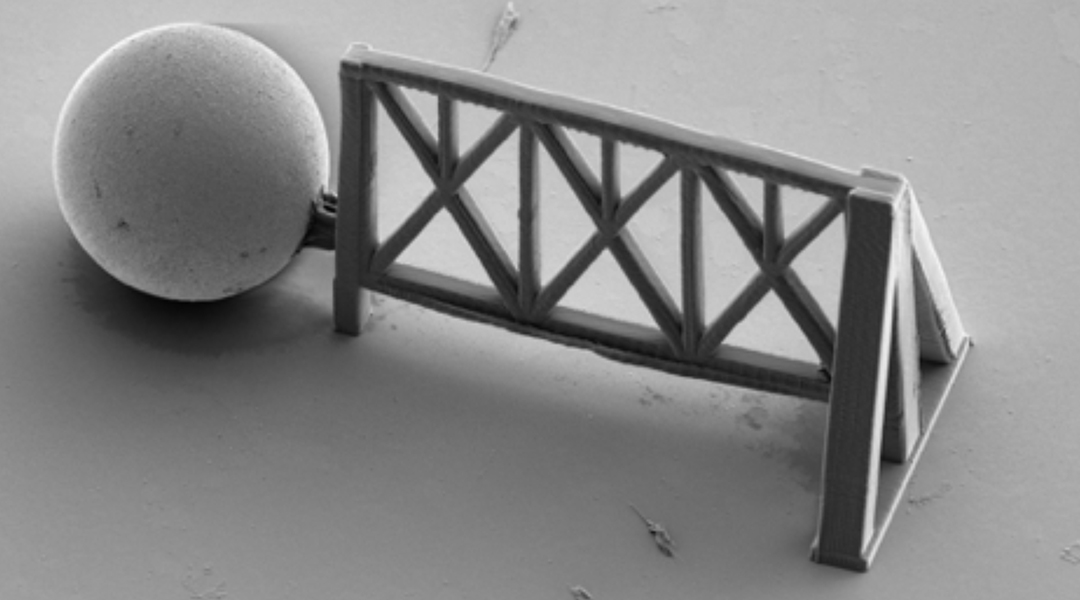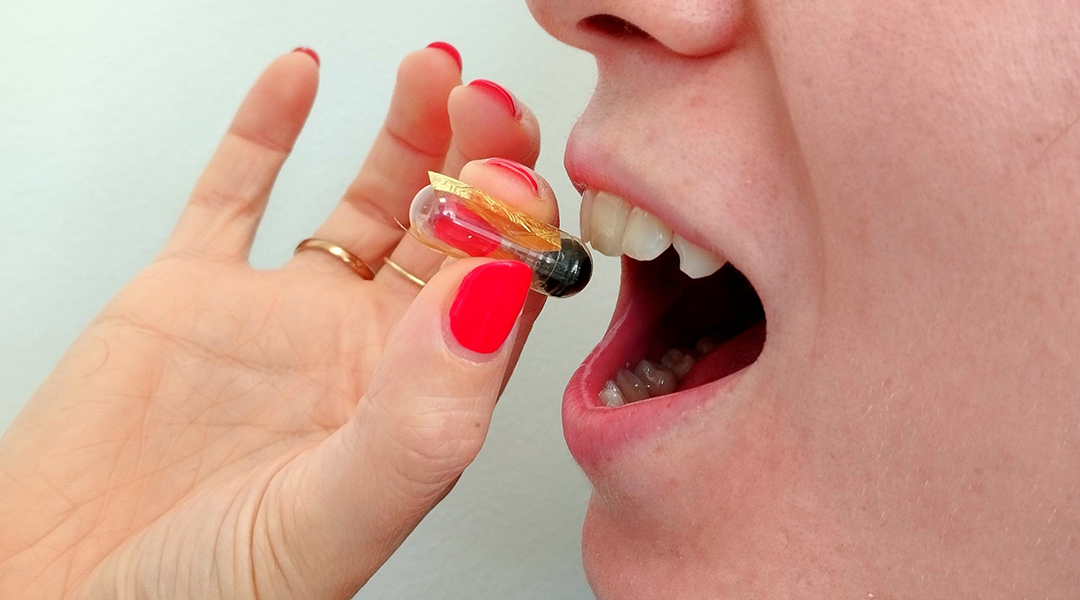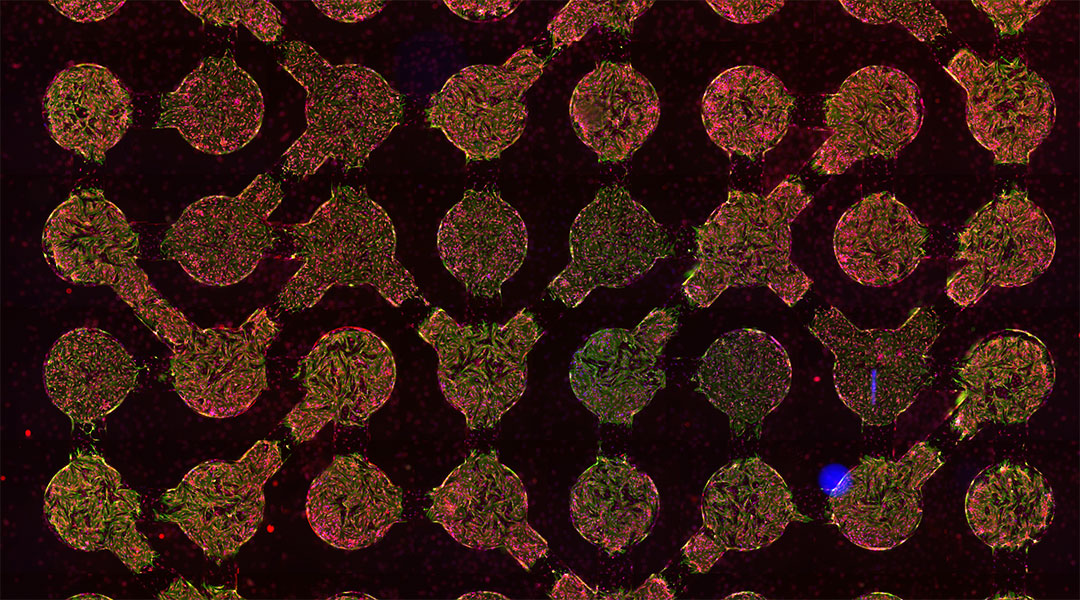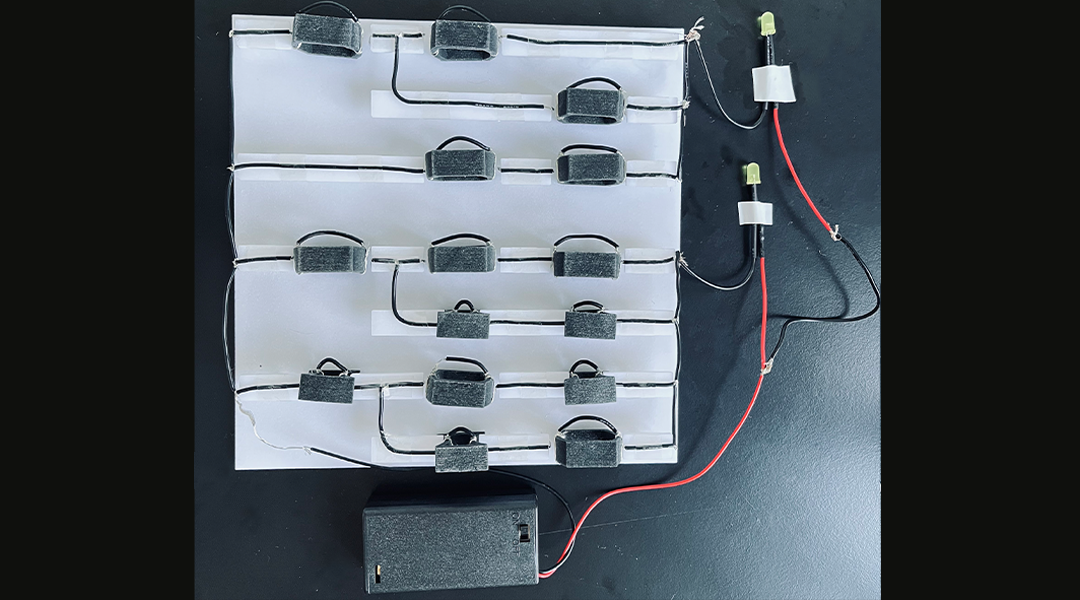Citrus canker threatens orange orchards, but nano-sponges loaded with a plant-based antibacterial may offer a solution.


Citrus canker threatens orange orchards, but nano-sponges loaded with a plant-based antibacterial may offer a solution.

Scientists employ cutting-edge 3D printing to recreate human-like tissue, promising a breakthrough in cellular research and potential insights into aging and disease.

Reversible fabric for heating and cooling lowers the cost of indoor climate control and reduces CO2 emissions.

A partially edible robot based on a fully edible sensor addresses the burden of electronic waste while simultaneously acting as a nutrition source.

Astronomers have observed neutron stars that emit more energy than is theoretically possible, and now an explanation might be in the works.

Comparing simulated X-ray emissions from galaxy clusters to real observations provides support for the Standard Model of Cosmology.

A biocomputer built from connected heart cells solves computational problems with high accuracy and at a low computational cost.

Putting a modern spin on old tech, scientists create a mechanical computer from metamaterials for situations where electronic computers break down.

This month, NASA’s James Webb Telescope captured images of the Pillars of Creation in breathtaking detail.

Hydrogen fuel alternatives are expected to help combat climate change, but what are the impacts of hydrogen emissions?